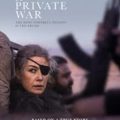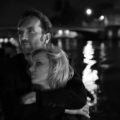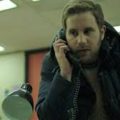
This controversial film is exactly what Writer/Director Alex Garland wanted. One that would have you leave the theater coming to your own conclusions about conflicts, journalists, politics, and violence. He even had cinematographer, Rob Hardy, be kind of a combat photographer himself. Editor Jake Roberts had the tall orders to make the pace of the road trip flow, interspersing black and white stills to display what journalists capture.
The country is in turmoil in the not-to-distant future. Garland opens with The President, (Nick Offermen) rehearsing his speech to America in the midst of a rebellion over installing himself for a 3rd term, refusing to leave office. He’s also disbanded the FBI and has a few other un-American moves up his sleeve. Texas and California are working together to stage a takeover to remove the President by any means necessary. The whole country is in turmoil and Dunst with Moura decide to head to the White House to interview the President before anyone else does.
Kirsten Dunst (The Power of the Dog) surprises in this film playing a serious veteran photo journalist with a reputation. She gives a more than convincing performance as a driven news junkie who is hardened, and driven to get the best shot of whatever story she’s working on for Reuters. She and her sidekick Joel (Wagner Moura), work in tandem, guiding and protecting each other in war zones and sticky situations. Joel is more devil-may-care, trying to keep it light.

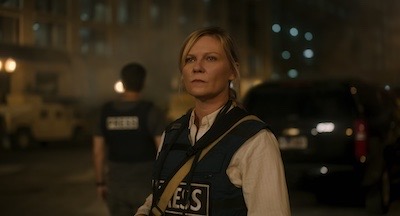
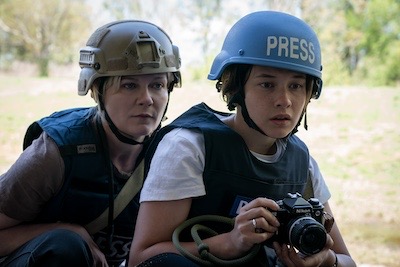
Being a journalist, taking photos following breaking news used to be considered glamorous. News used to try to be objective, presenting information without getting involved or taking sides by letting you see photos and video, to judge for yourself. But this film shows how gritty and dangerous it can be for victims of a civil war as well as for the journalists covering it.
Along comes newbie, Jessie (Cailee Spaeny- Elvis) who knows who Lee is and wants to learn anything she can from her. Lee is talked about in the same breath as award winning WWII photo journalist Lee Miller for whom she is named. Jessie maneuvers getting a seat in the car with Lee, Joel , and a savvy old print journalist, Sammy (Stephen McKinley Henderson) for a road trip they’ll never forget.
It was a perilous 500 mile plus journey from NYC to Washington DC, stopping to find food and bargain for gas. Stopping in a town untouched by time out war seemed strange. There was a young woman in the dress shop reading a magazine with people outside calmly going about their business. It was unsettling for the journalists.
But the worst is when they come upon armed militia who had their own agenda, and it’s not to cooperate with Lee and her news buddies. The leader (Jesse Plemons) armed and in uniform, wearing hot pink glasses, is the most chilling character in a short but effectively horrifying scene. This guy has no regard for human life and is ready to pull the trigger if he doesn’t like the answer to his question, “What kind of American are you?” The sequence is the most brutal, bloody and tense in the whole film. Sammy is the first to read the room and recognize the lethal danger.
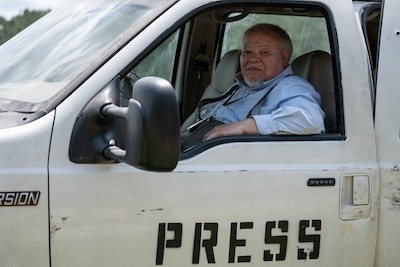

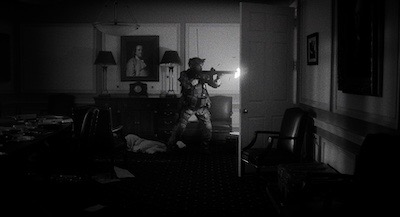
The climax in Washington shows the fog of war, with bullets flying surrounded by death. They are imbedded with soldiers trying to reach the President in the White House to get the photo and the quote. Each is trying to keep each other safe and alive and the outcome is revelatory in terms of the risks they take to document events. Even so, ask any dedicated combat journalist, and they’ll say, “I’ve never felt so scared, but never so alive.”
This is a brutally tense film showing the risks, dangers and fearlessness it takes to be a photo journalist in any country. The Writer/Director says he doesn’t take sides and that this story doesn’t reflect America now. But Garland poses a lot of questions to which he gives no answers. Next time you watch the news, he just wants you to think about it.
A24 1 hour 49 minutes R

